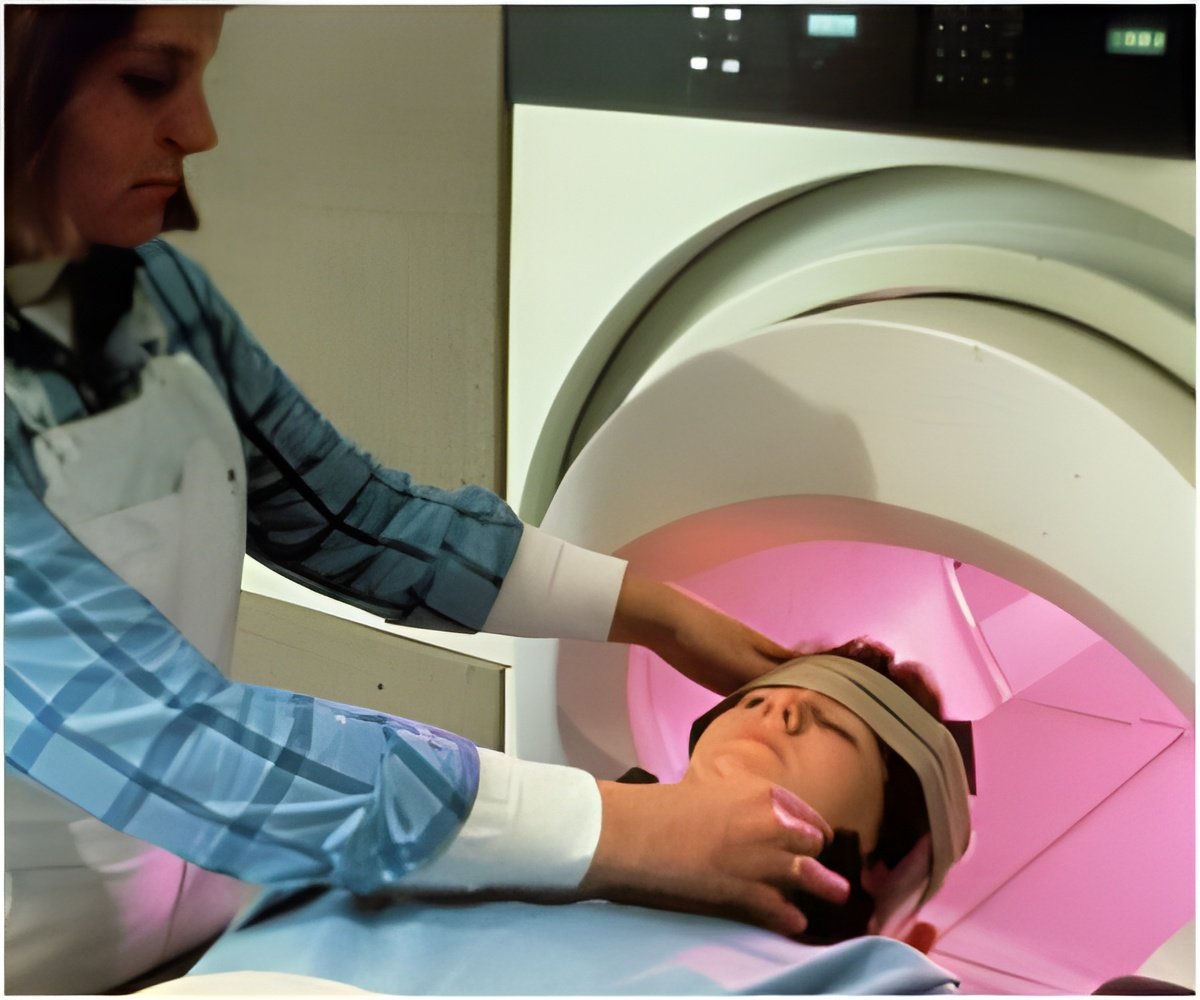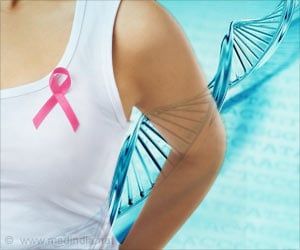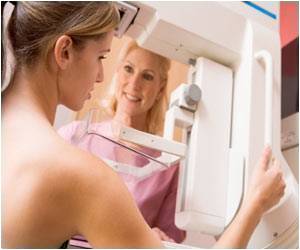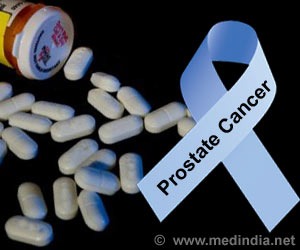MRI for screening reduces the number of women needing screening to prevent one breast cancer death to less than 80.

‘Survivors of childhood Hodgkin’s lymphoma must opt for early MRI screening to reduce risk of breast cancer death.’





“If you are a young woman who was treated with radiation therapy to your chest as a teenager or child for HL, or for that matter chest radiation therapy for any reason, you should be having a conversation with your family doctor or your oncologist about whether to start breast cancer screening earlier than most women would,” says Dr. Hodgson.Dr. Hodgson estimates that there are thousands of HL survivors in North America treated throughout the 1990’s and later who received chest radiation therapy and are unaware they are at risk and eligible for early screening. “Many of these are women who received radiotherapy to more normal tissue or at higher doses than are used currently, but even for more recently treated patients, screening should reduce the risk of breast cancer death.”
For the study, Dr. Hodgson’s research team gathered published information from dozens of studies about the risk of developing breast cancer in childhood lymphoma survivors, the accuracy of different forms of breast cancer screening, and the rates at which women agree to be screened when asked.
Using mathematical models, the researchers used these data to quantify the effectiveness of starting screening early - at age 25 - for women who received chest radiation as a teenager. They found that using mammography about 260 survivors of childhood lymphoma would need to be invited to have early breast cancer screening to prevent one breast cancer death, which compares favorably to widely endorsed screening programs for average risk women aged 50 or older, which generally require 300-1,300 women to be invited to prevent one breast cancer death.
Notably, the use of MRI for screening improved the effectiveness considerably compared to mammography, reducing the number of women needing screening to prevent one breast cancer death to less than 80.
Advertisement
Source-Newswise














